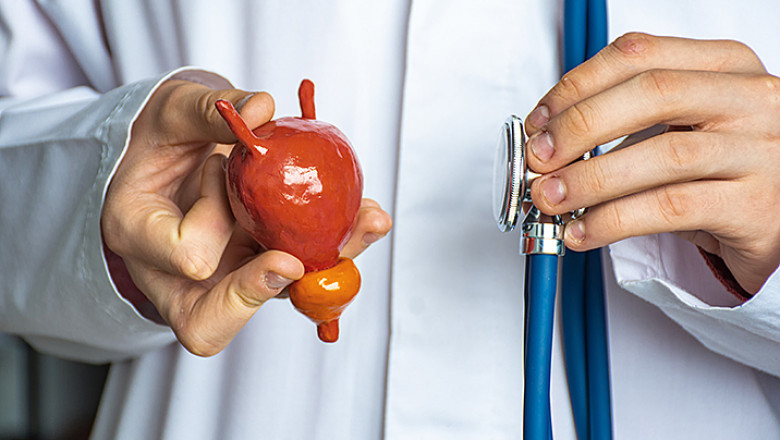views
Prostate surgery is a common treatment for conditions like prostate cancer and benign prostatic hyperplasia (BPH). While this procedure can be life-saving or significantly improve urinary symptoms, it's also important to be aware of the potential side effects that may follow. Understanding what to expect can help men prepare emotionally and physically for recovery.
This blog explores the most common side effects of prostate surgery, especially radical prostatectomy, and how to manage them.
What is Prostate Surgery?
Prostate surgery typically involves the removal of part or all of the prostate gland. The most common types include:
-
Radical prostatectomy: complete removal of the prostate, usually due to prostate cancer.
-
TURP (Transurethral Resection of the Prostate): partial removal of the prostate tissue, typically for BPH.
While these surgeries aim to treat underlying health problems, they can lead to side effects due to the prostate's close relationship with nerves and structures involved in urination and sexual function.
1. Urinary Incontinence
One of the most common side effects is urinary incontinence, or the loss of bladder control. This can range from occasional leakage to a complete inability to control urination.
Why it happens:
The surgery can weaken or damage the muscles and nerves that control the bladder, especially if the sphincter is affected.
How it's managed:
-
Pelvic floor (Kegel) exercises
-
Medications
-
In some cases, surgical interventions like a urethral sling or artificial sphincter
2. Erectile Dysfunction (ED)
Erectile dysfunction is another major concern after prostate surgery, especially radical prostatectomy.
Why it happens:
The nerves that control erections run close to the prostate. Even with nerve-sparing techniques, some damage is often unavoidable.
How it's managed:
-
ED medications like Sildenafil (Viagra) like Cenforce 150 mg or Tadalafil Vidalista 40 mg (Cialis)
-
Penile injections or vacuum erection devices
-
Penile implants in severe or long-term cases
3. Changes in Ejaculation
Men who undergo radical prostatectomy will no longer ejaculate semen during orgasm, a condition known as dry orgasm or anejaculation.
Why it happens:
The prostate and seminal vesicles (which produce semen) are removed during surgery.
Note:
This doesn’t affect sexual pleasure, but it can impact fertility and may require emotional adjustment.
4. Infertility
Infertility is a permanent side effect of radical prostatectomy due to the removal of glands that produce semen.
Options before surgery:
-
Sperm banking
-
Assisted reproductive technologies
5. Bowel Dysfunction
Some men experience temporary bowel issues such as diarrhea, constipation, or gas after surgery.
Why it happens:
Surgery in the pelvic region can disturb nearby organs, including the rectum.
Management:
-
Diet modifications
-
Hydration and fiber intake
-
Temporary use of medications
6. Shortened Penis
Some men report a slight decrease in penis length after radical prostatectomy.
Possible causes:
-
Removal of prostate tissue
-
Fibrosis or scarring from surgery
This side effect is largely cosmetic but can impact self-esteem. Penile rehabilitation techniques may help minimize the effect.
7. Lymphedema
If lymph nodes are removed during prostate cancer surgery, it can result in lymphedema, or swelling in the legs or genital area due to fluid buildup.
Treatment:
-
Compression garments
-
Physical therapy
-
Manual lymphatic drainage
Conclusion: Be Informed and Prepared
Prostate surgery is a significant procedure with the potential for both physical and emotional side effects. While many of these effects are temporary and manageable, some can be long-lasting or permanent. It’s important to talk openly with your healthcare provider about what to expect and explore all available support options, from medications to counseling.
Understanding the risks, recovery process, and management strategies can help men take control of their health journey and improve their quality of life after prostate surgery.














Comments
0 comment